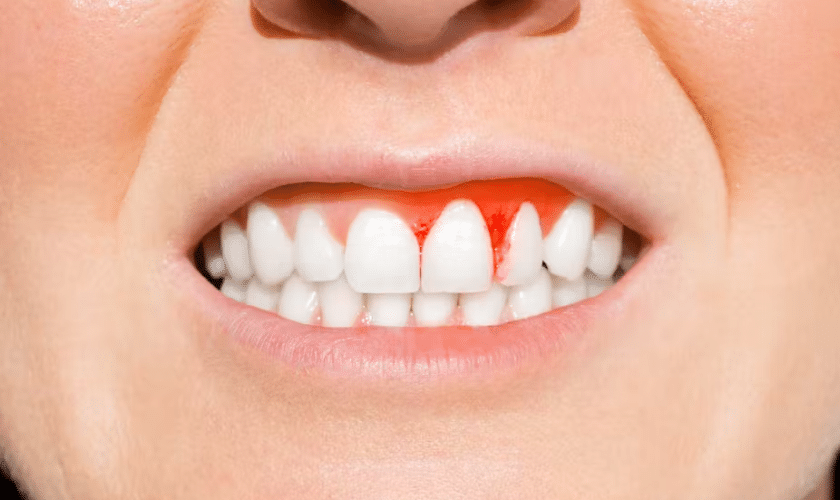A healthy smile is not merely a matter of a dazzling appearance; it is a testament to overall well-being. Yet, beneath the surface of our pearly whites, a silent threat often lurks – gum disease. The prevalence of gum disease necessitates a proactive approach to oral health, and one key player in this preventive endeavor is the dynamic duo of scaling and root planning. As we delve into the world of periodontal care, we uncover the pivotal role these procedures play in preventing gum disease and fostering lasting oral health. Join us on a journey through the intricacies of scaling and root planning, where the roots of prevention run deep.
Scaling and Root Planing Explained
Scaling and root planing are prevention dentistry procedures often performed by a dental hygienist or dentist as part of the treatment for gum disease, also known as periodontal disease. These procedures aim to remove plaque, tartar (hardened plaque), and bacteria from the surfaces of the teeth and their roots to prevent and treat gum-related issues.
Scaling is the process of removing plaque and tartar from the tooth surfaces, both above and below the gumline. Dental instruments, such as ultrasonic scalers or manual scalers, are used to remove these deposits carefully. The procedure focuses on cleaning the visible parts of the teeth as well as the areas that are not easily accessible during regular brushing and flossing.
Root planing, on the other hand, involves smoothing out the roots of the teeth to remove any remaining bacteria and toxins.
This process helps prevent further plaque and tartar buildup, promoting the healing of the gums and preventing the progression of gum disease. Root planing is especially important in addressing deeper pockets that may have formed between the gums and the teeth.
Preventing the advancement of gum disease
The significance of bacterial plaque in initiating and advancing periodontal disease is well-established. As a result, it is crucial to employ treatment methods focused on controlling biofilm for effective periodontitis management. One such approach is scaling and root planing, a procedure designed to eliminate deposits both above and below the gumline. Scaling involves the removal of plaque, calculus, and stains from the surface of the crown or root.
These procedures, along with conservative periodontal surgery, have proven effective in treating many cases of chronic periodontitis. The success of scaling and root planing, as well as periodontal surgery, hinges on factors such as meticulous plaque control, the thoroughness of root debridement, and adherence to a strict maintenance regimen. Recognizing these critical aspects is essential for achieving positive outcomes in the management of periodontal disease (Deas et al., 2016).
Key Benefits of Scaling & Root Planing
In contemporary periodontal care, scaling and root planing (SRP) are crucial components for achieving successful therapy. To uphold the enduring benefits of periodontal treatment, it is imperative to incorporate regular scaling and root planing sessions into the maintenance phase of the therapeutic process. This ongoing practice plays a pivotal role in preserving and enhancing the positive outcomes of periodontal therapy over time.
Periodontitis is a long-lasting inflammation, a chronic condition without a known cure. Instead of being caused by a single germ, the immune response of the person is what leads to the development and worsening of periodontitis. Even though there’s an ongoing discussion, the go-to method for treating periodontitis without surgery is still the traditional scaling and root planning (SRP). This process is essential for dealing with the inflammation in the disease and is a key player in keeping oral health in check (Cobb, 2002).
The significance of scaling and root planing becomes unmistakably clear – it is not merely a dental procedure; it is a shield against the encroachment of gum disease. As we conclude our exploration into the role of scaling and root planning in preventing gum disease, it becomes evident that these interventions offer more than just a solution; they provide a proactive strategy to safeguard smiles and preserve overall health. By embracing the power of deep cleaning, we empower individuals to take charge of their oral well-being, cultivating a foundation for enduring smiles and a healthier tomorrow. Choose scaling and root planning for a lifetime of healthy smiles and strong gums.
Reference List
– Cobb, C. M. (2002). Clinical significance of non‐surgical periodontal therapy: an evidence‐based perspective of scaling and root planing. Journal of Clinical Periodontology, 29, 22-32.
– Deas, D. E., Moritz, A. J., Sagun Jr, R. S., Gruwell, S. F., & Powell, C. A. (2016). Scaling and root planing vs. conservative surgery in the treatment of chronic periodontitis. Periodontology 2000, 71(1), 128-139.

